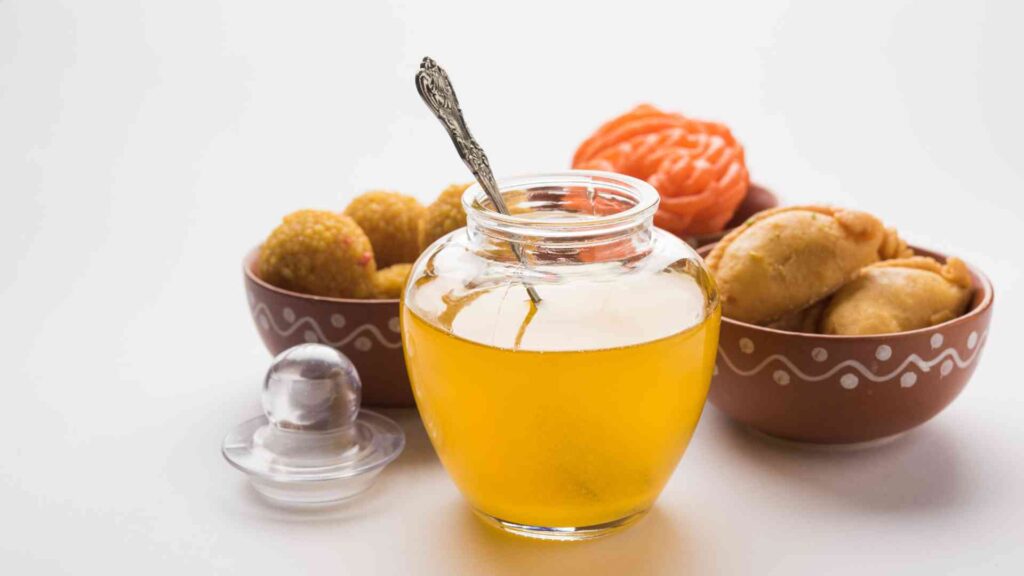Discover comprehensive information for all aspects of sexual health and find resources and guidance to empower your sexual well-being.
The International Society for the Study of Women’s Sexual Health describes Hypoactive sexual desire disorder…
Discover comprehensive information for all aspects of sexual health and find resources and guidance to empower your sexual well-being.
The International Society for the Study of Women’s Sexual Health describes Hypoactive sexual desire disorder…
Prostate health is a critical concern for men, especially as they age. The prostate gland…
Erectile dysfunction (ED) is a common condition affecting men, often characterized by the inability to…
Erectile dysfunction (ED) is a common condition that affects millions of men worldwide, causing distress…
Erectile dysfunction (ED) is a condition that affects many men worldwide, leading to significant stress,…
The pelvic floor muscles are the unsung heroes of our body’s core, providing support to…
Commitment issues can often manifest in romantic relationships, work, and other personal or professional spheres.…
Ghee, a form of clarified butter, is well-loved in the cooking styles of both the Middle East and India.
According to Ayurveda, cow ghee has a solid reputation as a super healthy edible fat that can boost your well-being, keep diseases at bay, and is widely used in healing, especially for heart issues. However, the higher levels of saturated fatty acids (SFAs) in ghee have raised serious medical concerns. They are seen as a contributing factor to the increased risk of heart problems (coronary artery disease) among Indians. So, let’s see the medical evidence to understand whether ghee increases cholesterol levels in the blood.
Read more nutrition basics here
Table of Contents
ToggleGhee, or ghrita, is the good stuff you get when you heat up and dry out the fat from milk, typically from cows, buffaloes, or a mix of both. Ghee’s been the go-to cooking and frying buddy in India forever. It’s not just for that, though – people also drizzle it on food, sprinkle it with spices, and some even eat it straight up with their meals.

While the exact makeup of ghee can vary depending on the milk source, it typically consists of about 99-99.5% fats with less than 1% moisture. You’ll also find lipid-soluble vitamins, carotene, some unsaponifiable stuff, and tiny bits of charred casein.
Ghee has been a topic of controversy for years. The medical community is divided when it comes to recommendations for ghee consumption.
Here are some findings that support the beneficial effects of Ghee:
However, there are studies with contradictory conclusions.
Ghee is an important part of the Indian diet and has been used in Ayurvedic medicine for decades. Some studies suggest Ghee to be a risk factor for heart disease, while others show it to be beneficial. However, it’s important to note that more extensive, long-term studies involving larger populations are needed before considering this as a dietary recommendation or a risk factor for heart disease.
References:
Dr. Nishtha, a medical doctor holding both an MBBS and an MD in Biochemistry, possesses a profound passion for nutrition and wellness. Her personal journey, marked by significant struggles with physical and mental health, has endowed her with a unique empathy and insight into the challenges countless individuals face. Driven by her own experiences, she leverages her background to offer practical, evidence-backed guidance, empowering others on their paths to achieving holistic well-being. Dr. Nishtha truly believes in the interconnectedness of the mind and body. She emphasizes the significance of understanding this connection as a crucial stride toward attaining balance and happiness in life.

